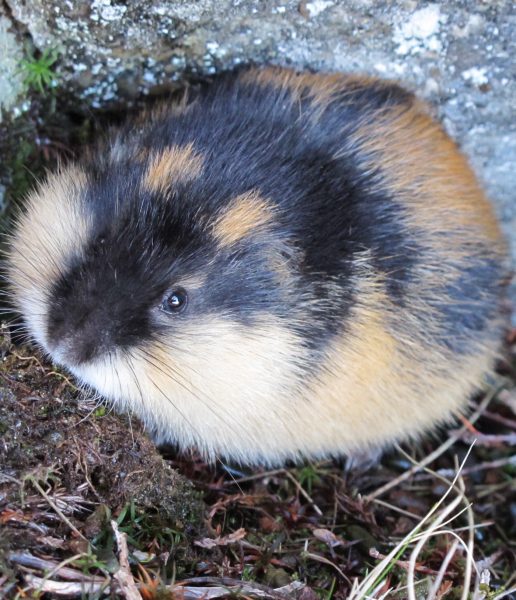

Diversity is a marker of life and one of the things that concerns us about climate change is the loss of biodiversity that it threatens. It also tickles the awe-gland however, when lack of diversity is observed, when a constant appears across species, because it suggests some kind of universal (some may say divine) truth has been reached. If you want to look for one of those constants you need look no further than your own neck.
Nearly all mammals have the same number of neck vertebrae. The magic number when it comes to mammalian neck vertebrae is seven, all mammals have seven vertebrae in their neck with just three exceptions: two-toed sloths, three-toed sloths, and manatees. Birds, reptiles, and amphibians have varying numbers, with swans for instance having 22-25 neck vertebrae. In mammals though, despite the various species being separated by 160 million years of evolution, the consensus among species is that seven is the sacred neck number. Such constancy begs the big question: WHY?
One theory is that running fast requires the seven vertebrae model of the neck. This might be why slow moving mammals like sloths have the freedom to deviate. It might also be that general mobility that requires the seven vertebrae. What we know for certain is the number of vertebrae is determined by a group of genes known as “Hox” genes and from possums to pandas, those genes have settled on seven as being the right number for neck vertebrae. If you let your mind wander over that for a moment, yes, it means you have the same number of vertebrae in your neck as a giraffe and also a mouse.


